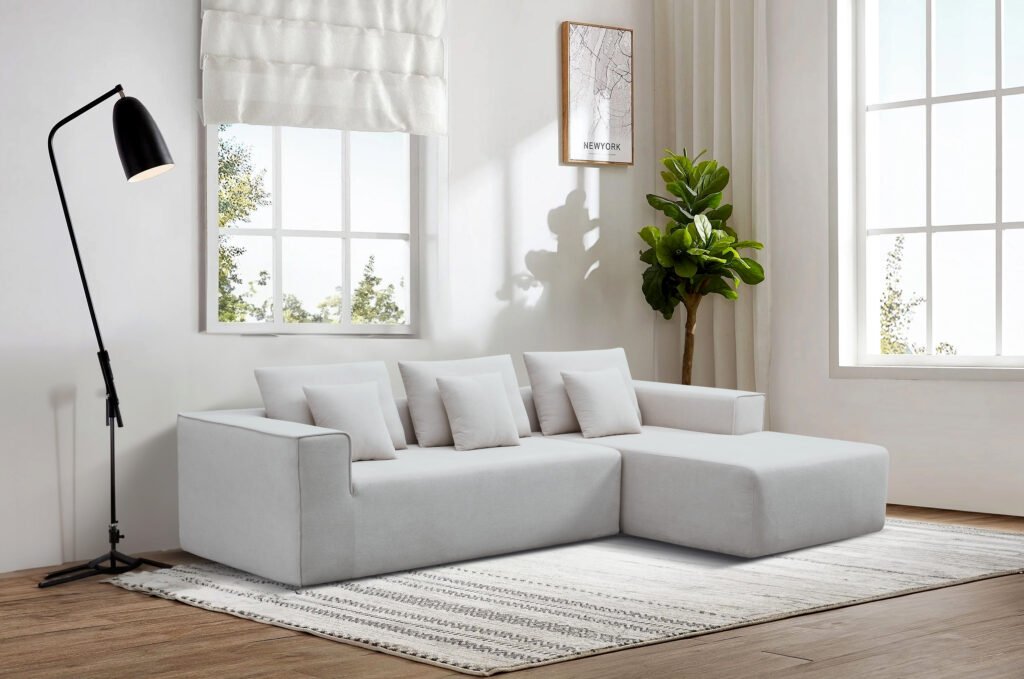
Introduction
In the B2B furniture industry, optimizing sofa dimensions for container loading is as critical as selecting the right bottle size for pharmaceutical packaging1. Proper dimensioning ensures cost-effective shipping, product safety, and streamlined logistics—factors that directly impact profitability and customer satisfaction for manufacturers, wholesalers, and distributors. This comprehensive guide will help B2B stakeholders understand how to select, customize, and optimize sofa dimensions for maximum container efficiency, drawing parallels to best practices in other precision-driven industries.
Why Proper Sofa Dimensioning Matters in Logistics
Just as the pill packaging industry relies on precise bottle sizing to protect contents and maximize storage, the furniture sector must carefully calculate sofa dimensions to:
- Maximize container utilization: Fit as many sofas as possible without risking damage.
- Reduce shipping costs: Minimize wasted space and avoid over-sized packaging charges.
- Enhance product safety: Prevent shifting and crushing during transit.
- Streamline warehousing and handling: Enable efficient palletization and inventory management.


Understanding Standard Sofa Sizes and Container Types
Common Sofa Dimensions
- Loveseats: 48–72 inches in length, 30–38 inches in depth, 30–36 inches in height.
- Standard 3-Seaters: 72–96 inches in length, 32–40 inches in depth, 30–38 inches in height.
- Sectionals/Modular Sofas: Vary widely, often shipped in multiple components to optimize space.
Container Types in Furniture Logistics
- 20-foot container: Approx. 33 cubic meters (CBM) capacity.
- 40-foot container: Approx. 67 CBM capacity.
- High-cube containers: Offer extra height, ideal for stacking or taller sofa designs.
Key Considerations for Selecting Sofa Dimensions
1. Product Type and Configuration
- Modular and knock-down designs can be flat-packed, significantly increasing container yield.
- Bulky, non-disassemblable sofas may require custom container loading plans.
2. Cushion and Armrest Design
- Slim arms and detachable cushions reduce overall volume.
- Avoid overstuffed designs that add unnecessary bulk.
3. Compression and Packaging Methods
- Vacuum-packing and foam compression enable sofas to be shipped at a fraction of their expanded size.
- Use reinforced, right-sized cartons to prevent shifting and maximize stacking efficiency.


Calculating Sofa Fit: Practical Steps
- Measure All Components: Include frame, cushions, legs, and packaging materials.
- Estimate Volume per Sofa: Calculate cubic footage for both compressed and expanded states.
- Determine Container Yield: Divide container CBM by the volume of a single packed sofa.
- Optimize Arrangement: Use 3D software or manual modeling to test different loading patterns, minimizing dead space.
Customization Options for B2B Clients
- Adjustable Dimensions: Offer sofas in standard and custom sizes to suit different markets and container types.
- Branding and Labeling: Just as pill bottles can be customized with logos and labels, offer branded packaging for easy identification and premium presentation.
- Sustainable Packaging: Use recyclable or biodegradable materials to align with global sustainability trends2.
Common Mistakes to Avoid
- Ignoring Container Constraints: Overly large sofas may not fit standard containers, leading to costly, inefficient shipments.
- Overfilling or Underfilling: Both can cause product damage or wasted shipping costs.
- Neglecting Regulatory Requirements: Ensure packaging and labeling comply with destination country regulations for furniture imports.


Conclusion
Selecting the right sofa dimensions for container loading is essential for B2B furniture brands aiming to optimize logistics, reduce costs, and deliver products safely and efficiently. By understanding standard sizes, leveraging modular and compressible designs, and customizing offerings for global markets, you can maximize container yield and enhance your brand’s competitiveness. For further guidance on dimension optimization, packaging solutions, or sustainable logistics strategies, let me know!